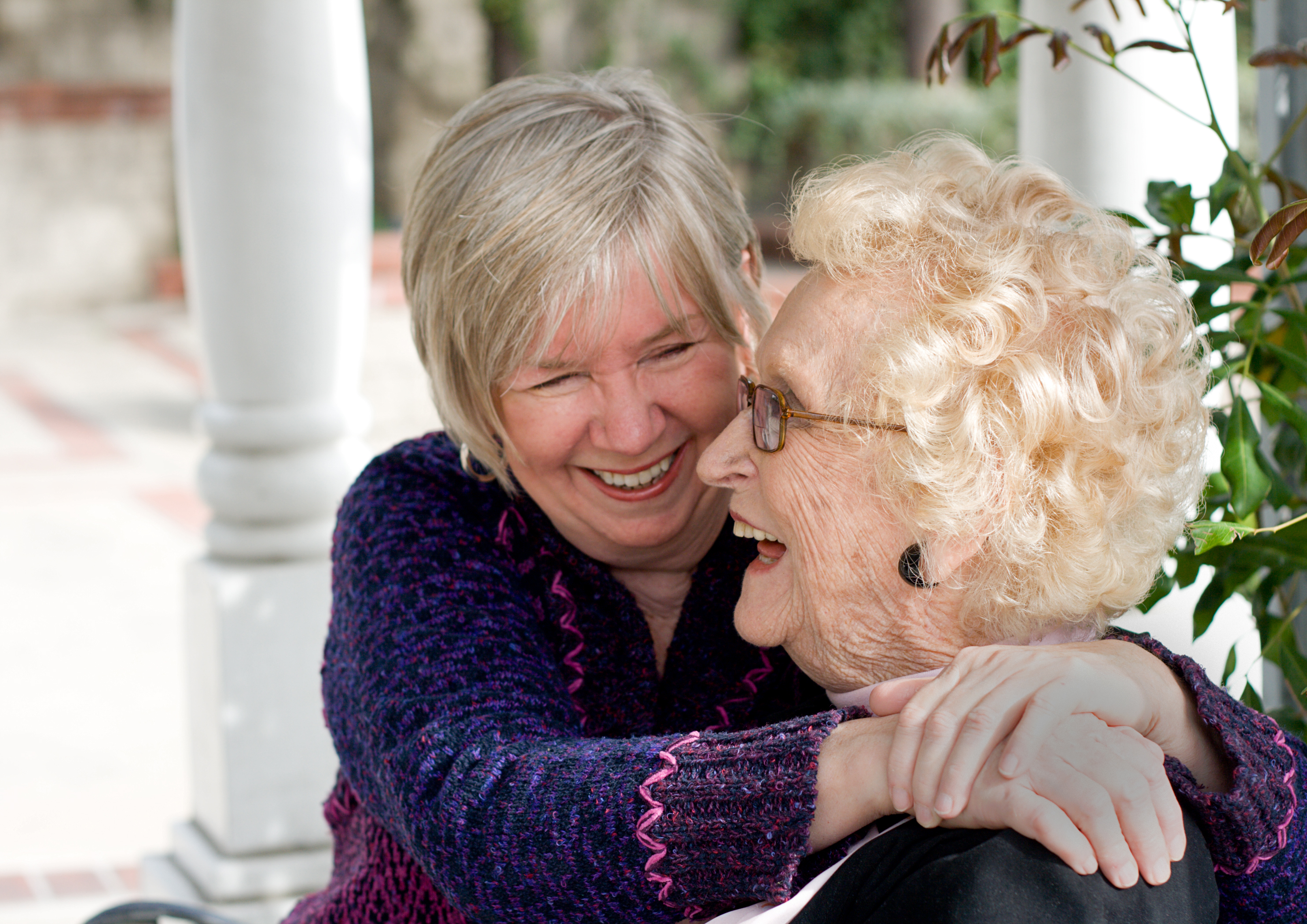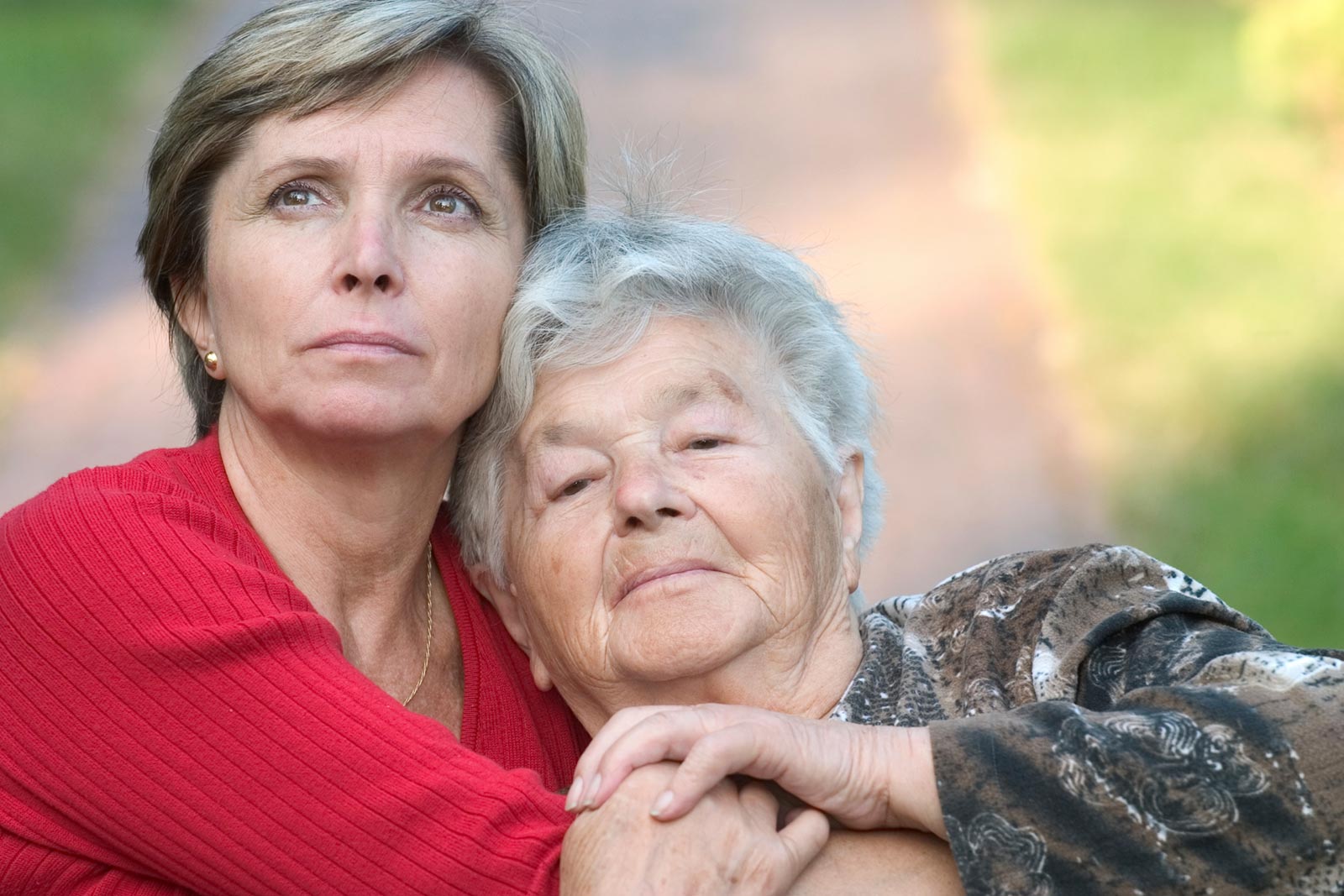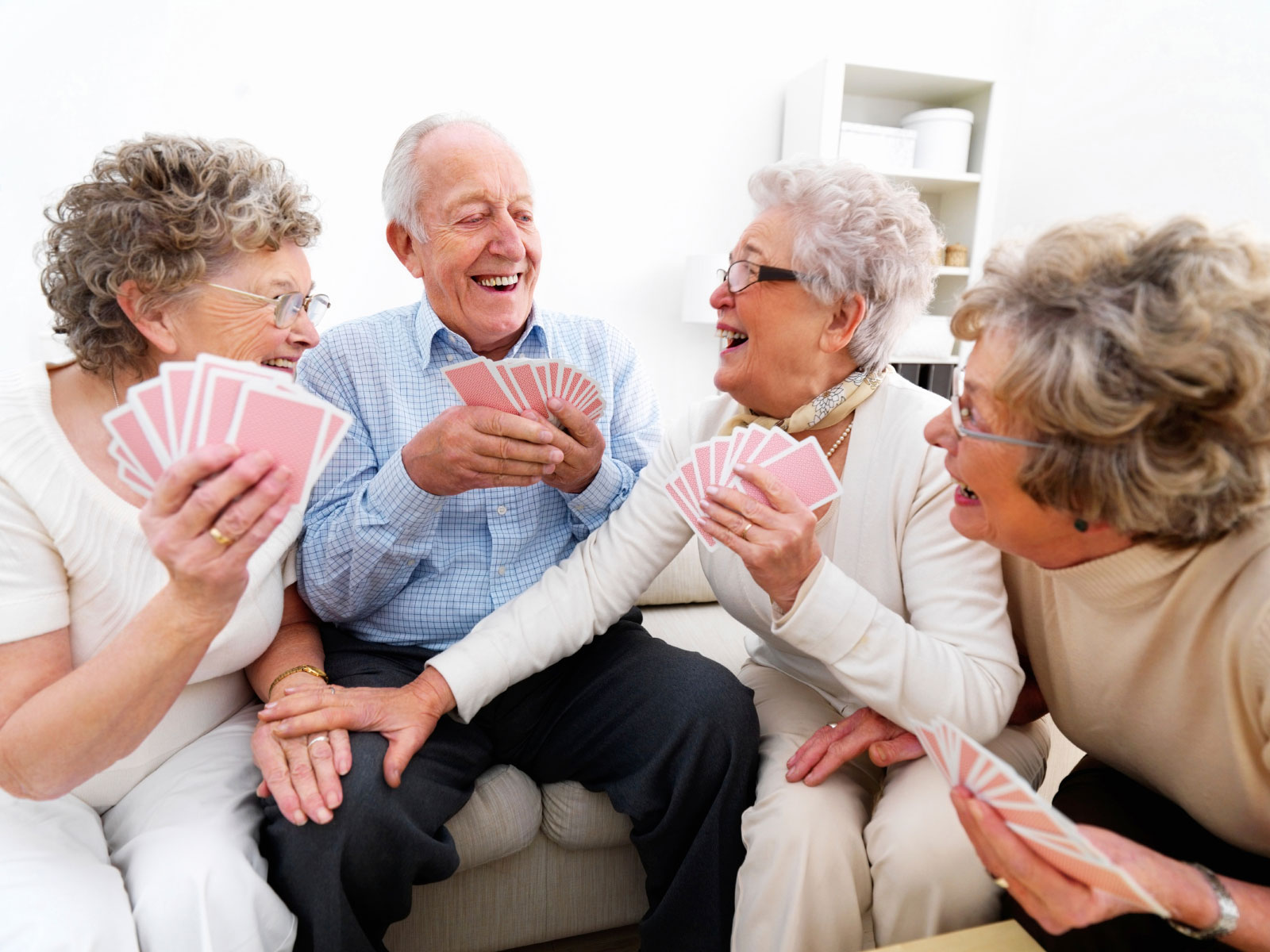Tag: CarePartners Senior Living
How to Begin Decluttering, Part 2
This segment focuses on beginning stages, and putting the plan in action. First: we're downsizing for a reason, whether Mom is moving in with an adult child, moving into an assisted living facility. Look at the space she's moving into and assess how much space is available. Visit model units to get an idea of what would work in the space, to see if Mom's couch will actually fit.
How to Begin Decluttering, Part 1
Kelley talks about how we can help our parents and ourselves so we don't leave a lot of clutter for our own children to deal with. When a family member downsizes from a 2,000 square foot home to a 900-1200 square foot retirement apartment, or to an independent living or assisted living apartment, now you're looking at 500-700 square feet of space, or smaller depending on the apartment. You have to weigh what's important to keep, and it will be home — you want to bring your things so it feels like home. Many people in a home look at the challenge and don't even know how to begin downsizing. If you have a senior loved one, or have mobility issues, it can seem an overwhelming challenge. This hour will talk about how to begin, and what to expect regarding amenities when you move into senior living, and how can you leave a legacy for your community.
How and When to Intervene, part 4
When the conversations are over, and something doesn't go right, Kelley talks about next steps. You can't control another human being. There are other options if a loved one digs in their heels. Northeast Seattle has NEST — Northeast Seattle Together — and other neighborhoods have programs like this. For a small fee, people will come to the house and do chores, mow the lawn, and do other tasks, so you don't have to be overwhelmed. A family advocate or caregiver needs to keep their balance and boundaries.
How and When to Intervene, part 3
This segment addresses what to do when our loved ones are adamantly resisting, but you know something has to change. You have to make sure that a decision's been made - that they are no longer safe in their own home — you have to look at next steps, whether it's home care, home health, rehabilitative care, or something else. Make sure they've been diagnosed by a doctor. And learn what the consequences are if you don't do something.
How and When to Intervene, part 2
Kelley talks about red flags to watch for that may signal when to intervene as an adult child or loved one of a senior who may need care. Maybe you've noticed that your mom used to keep her house spotless in the past, but now you see spoiled food in the fridge, stacks of stuff in odd places, and she's ordering strange stuff by mail. You know your loved one, and some things will stand out as unusual. Are they grabbing onto furniture and walls to support themselves? Making excuses for you not to visit? Kelley provides advice when you see behaviors that stand out as unusual in our senior loved ones.
How and When to Intervene, part 1
Kelley Smith at CarePartners Senior Living joins Suzanne Newman to talk about how and when to intervene as an adult child or loved one of a senior who may need care. Families may be concerned about their role while honoring parents facing Alzheimer's or dementia. Kelley Smith says to best serve parents and grandparents, first understand what you need as well as what your parents need. When you have conversations, give them time to process so they aren't on the defensive. Create an open dialogue to figure out the next steps. Bring up that you noticed things are getting more challenging for them around the house. Casual conversations often work better than a scheduled meeting.
Dispelling myths about senior living, part 4
Whether regarding skilled care, skilled nursing, or memory care, especially during the pandemic myths have persisted about senior living. This segment focuses on family members who care for a senior loved one. It's important to understand your role to make sure they have the best quality of life possible.
Dispelling myths about senior living, part 3
Kelley in this segment focuses on quality of life: what to expect in a senior living or assisted living community. It's not what you might think, and there are a lot of preconceived ideas about skilled care. Nothing's perfect, but if you're a caregiver and it's affecting you to where you can't do it any more, or you're in a situation where their needs are over your head, you're not serving them by keeping them at home.
Dispelling myths about senior living, part 2
In this segment Kelley explains that the general public's impression of senior living is based on folklore. People think their mom will move in and be isolated, as when you changed schools as a kid. But that's not giving the communities enough credit. A lot of communities have ambassadors that introduce your mom to new people. That's why you fill out a social assessment – for instance if she's from Norway they might sit her with someone from Norway. A lot of communities put their residents first, with activities, and have a way of making sure the residents are entertained throughout the day.
Dispelling myths about senior living, part 1
Whether regarding skilled care, skilled nursing, or memory care, especially during the pandemic myths have persisted about senior living. In this hour, Kelley talks about myths heard all the time about senior care. We remember great-grandma or great-grandpa being in nursing homes, which weren't pleasant places. They don't exist any more — skilled nursing has taken over, and it doesn't look the same as it did even five or ten years ago. If you don't know anybody in assisted living, if you've never been to an assisted living facility, you don't know what actually happens. Skilled nursing now is more like a rehab center that need 24-hour care not appropriate for a hospital setting. People don't realize that things like therapy dog visits and music therapy are available, providing a quality of life — they don't even know that it exists.


















